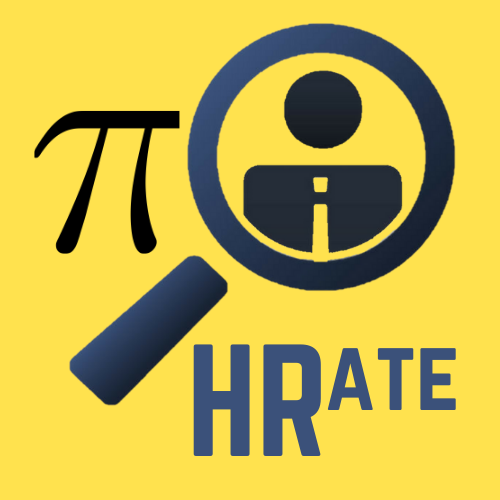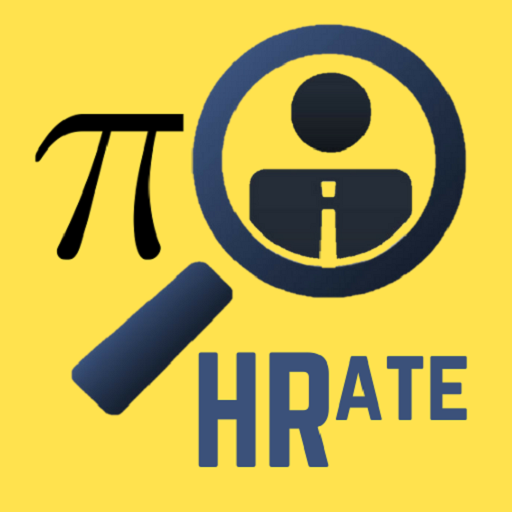Recruitment Automation refers to the use of technology and software to streamline and automate repetitive tasks within the recruitment process. This practice leverages various tools and solutions to expedite and enhance the efficiency of tasks that are traditionally time-consuming and manual. By automating certain aspects of recruitment, organizations can save time, reduce errors, and focus more on strategic aspects of talent acquisition. Here are key components and examples of recruitment automation:
- Resume Screening:
- Automated tools can be used to screen and analyze resumes based on predefined criteria, helping recruiters quickly identify qualified candidates.
- Application Tracking Systems (ATS):
- ATS software automates the tracking of candidates throughout the recruitment process, from application submission to onboarding.
- Chatbots and Virtual Assistants:
- Chatbots can engage with candidates on websites or messaging platforms, answering frequently asked questions, pre-screening candidates, and providing information about the application process.
- Interview Scheduling:
- Automated scheduling tools streamline the interview process by coordinating availability among interviewers and candidates, reducing scheduling conflicts.
- Pre-Employment Assessments:
- Automation can be applied to the administration and scoring of pre-employment assessments, helping evaluate candidates’ skills and aptitudes efficiently.
- Candidate Outreach and Engagement:
- Automated email campaigns and communication platforms can be used to engage with candidates, providing updates, gathering feedback, and maintaining communication throughout the recruitment journey.
- Onboarding Workflows:
- Automation in onboarding processes ensures a smooth transition for new hires by automating paperwork, training modules, and orientation tasks.
- Reference Checking:
- Automated tools can facilitate the reference-checking process by sending out requests, collecting responses, and summarizing feedback for recruiters.
- Job Distribution:
- Platforms automate the distribution of job postings to multiple job boards, career sites, and social media channels, expanding the reach of job openings.
- Candidate Data Parsing:
- Automation helps extract relevant information from resumes and other documents, populating candidate profiles and reducing manual data entry.
- Offer Letter Generation:
- Automated systems can generate and send offer letters based on predefined templates, ensuring accuracy and consistency in the offer creation process.
- Compliance Tracking:
- Automation helps track and ensure compliance with various recruitment regulations and standards, reducing the risk of non-compliance.
- Analytics and Reporting:
- Automation in data analytics provides real-time insights into recruitment metrics, allowing recruiters and hiring managers to make informed decisions.
- Feedback Collection:
- Automated surveys and feedback mechanisms can gather insights from candidates, hiring managers, and other stakeholders to assess and improve the recruitment process.
- Candidate Database Management:
- Automated systems help organize and manage candidate databases, making it easier to search for and retrieve candidate information.
Recruitment automation contributes to increased efficiency, reduced time-to-fill, and improved candidate experience. By automating routine and repetitive tasks, recruiters can focus on strategic aspects of talent acquisition, such as building relationships with candidates, assessing cultural fit, and enhancing overall recruitment effectiveness.



